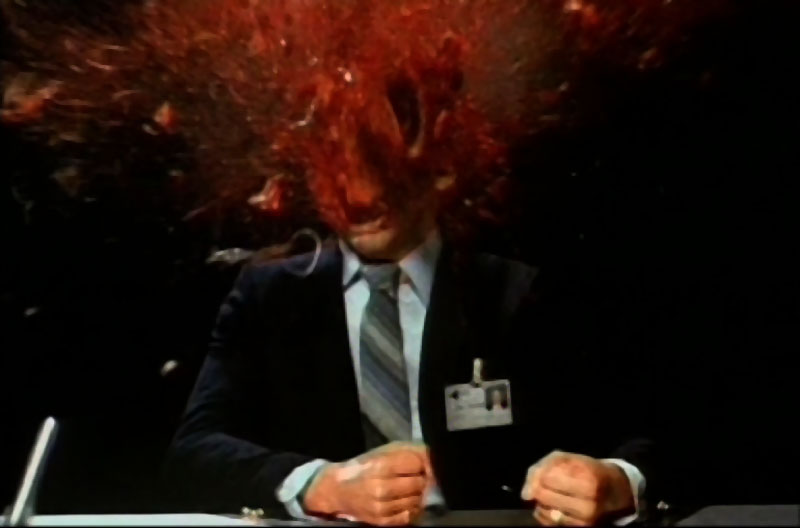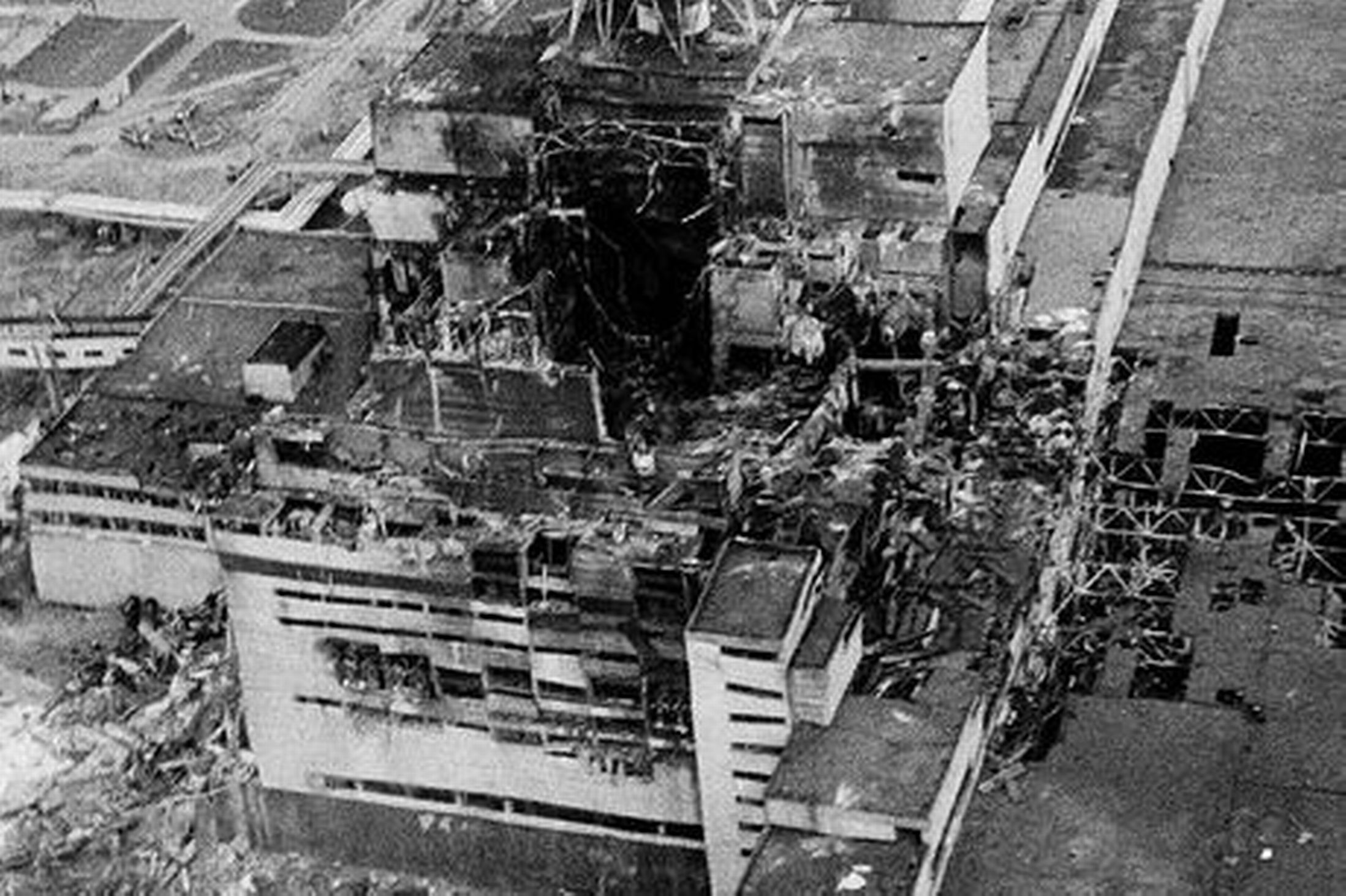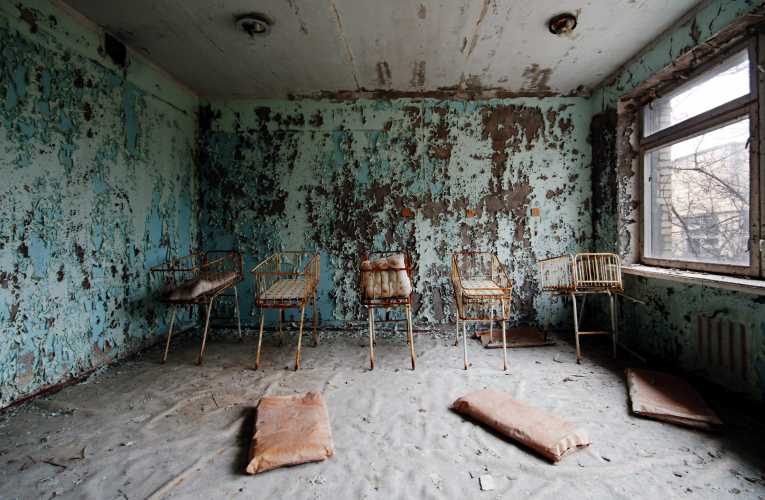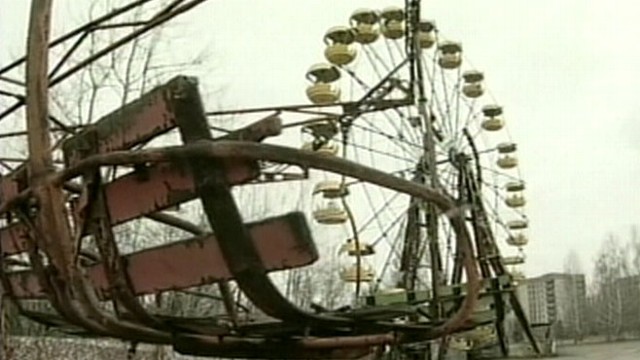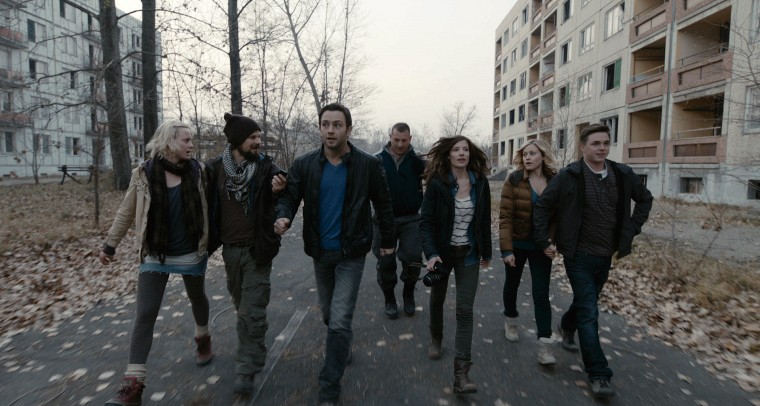From movies to documentaries to pop culture reference; the horrific tales of Pompeii have been told over and over again. The tragedy surrounding Pompeii is truly beyond comparison. It was 79 AD when the city of Pompeii faced the wrath of Mount Vesuvius. Because of the eruption that took place, Pompeii along with the city of Stabiae were buried for almost 1700 years – It was the year 1748 when excavation first began.
Even now, excavation work continues and the historians are thankful for this. These excavations and findings are helping historians learn more about the lifestyle during the Roman Empire. Yes, it is true that Pompeii was a destruction that shocked the entire world, but the events that took place in the city of Herculaneum is something with which Pompeii cannot compete.
Mount Vesuvius the most dangerous volcano of the world
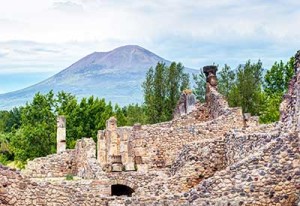 The villain of this sad, but true story is Mount Vesuvius. Mount Vesuvius is a volcano situated in southern Italy sitting dormant for centuries. On the fateful day of August 24th,79 AD, a massive eruption occurred causing the destruction of Pompeii and also Herculaneum.
The villain of this sad, but true story is Mount Vesuvius. Mount Vesuvius is a volcano situated in southern Italy sitting dormant for centuries. On the fateful day of August 24th,79 AD, a massive eruption occurred causing the destruction of Pompeii and also Herculaneum.
Mount Vesuvius is the only active volcano situated in mainland Europe and is considered to be one of the most dangerous volcanos of the world. It is a complex stratovolcano, meaning it has low gentler slopes which then rise steeply towards the peak area. Because of this structure the eruptions were explosive and also involved fast moving currents of fluidized gases and rocks (pyroclastic flows).
The fateful day
On 24th August, 79 AD, the eruption started in the morning. The pumice and molten rocks began expelling from the volcano at a rate of 1.5 million tons/second. Rocks and volcanic ash filled the atmosphere in a matter of minutes 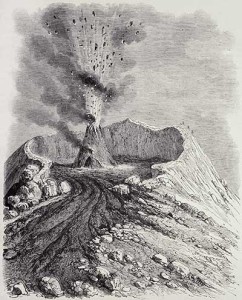 turning day into night.
turning day into night.
According to studies based on the excavations, every hour about 6 inches of ashes fell. It was around midnight when the pyroclastic flow started and by the morning of 25th August, Pompeii was completely covered in a toxic cloud.
The tale of Herculaneum
The nearby city of Herculaneum faced the worst fate bought by the unmerciful Mount Vesuvius. Herculaneum of Italy’s Bay of Naples was a city situated nearby Pompeii, but even closer to Mount Vesuvius. This prosperous seaside city had nothing to do but face the destruction caused by Mount Vesuvius. Within minutes of the eruption, the city and people of Herculaneum faced death in the most gruesome way possible.
The toxic gas and molten rock came into the city resulting in actual explosions of the heads of the city’s dwellers. It was similar to the scene from a movie when a Gremlin exploded in the microwave after reaching a certain temperature or like a scary scene from a cult favorite supernatural movie. But, for Herculaneum it was a sad reality as the temperature of the gas and molten rock was so high it caused people’s heads to explode!
The cloud of toxic gas and flying debris completely covered Herculaneum and reached a temperature of over 1000 degrees Fahrenheit. Along with exploding heads, the city’s people also experienced vaporizing of their skin within just seconds.
The findings of Herculaneum
Even though forgotten over the years, Herculaneum recently has recently come back into the limelight. Archaeologists are discovering more about the life and death of this city thanks to many recent findings.
Amazingly, the method of destruction allowed the city of Herculaneum to stay intact for 2000 years. Herculaneum is more preserved than Pompeii, giving a better idea about life in the Roman Empire. In certain parts of the city, the layers of the destructive pyroclastic flows have reached 80 feet deep.
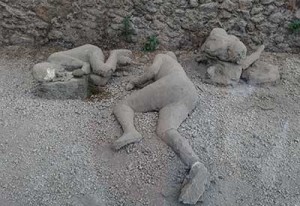 From a head of a statue believed to be of an Amazonian warrior to dozen of skeletons lying huddled together, the discoveries made in Herculaneum are incredible. The skeletons found showed signs of thermal shock further confirming the horrible truth- death due to vaporized skins, boiled brains and exploding heads.
From a head of a statue believed to be of an Amazonian warrior to dozen of skeletons lying huddled together, the discoveries made in Herculaneum are incredible. The skeletons found showed signs of thermal shock further confirming the horrible truth- death due to vaporized skins, boiled brains and exploding heads.
Buried Alive
According to estimates, about 5,000 people lived in Herculaneum and around 20,000 lived in Pompeii. Because the eruption was sudden, many failed to escape their unfortunate fate. In fact, the excavations proved that many were buried alive by the ash and molten rocks. According to studies, about 16,000 people were killed.
Pliny’s Letters
Pliny the Younger was a Roman administrator and also a poet who lived during the time when the eruption took place. It was Pliny who was the one responsible for providing a detailed account of the eruption. From afar he watched the horrifying destruction and also questioned all the survivors that came his way. The event was recorded in letters intended for his friend Tacitus. This only eyewitness account was discovered during the 16th century.
A ticking time bomb
Many expert volcanologists and scientists who monitor Mount Vesuvius are sure that there are still signs of unrest in the volcano. The most recent eruption happened in 1944. Even though the last eruption was not as destructive, Mount Vesuvius is a ticking time bomb and definitely a potential danger to the now more than 6 million people living in the area. They might just face the same fate of vaporized skins, boiled brains and exploding heads.
Of course human heads can explode in various ways. The following video depicts quite a few:
https://youtu.be/gG7LoTezLO8
